Cities at the Forefront
Biodiversity, the mix of animal and plant species in a given region, is an important measure of environmental health and a crucial component of conservation efforts. Traditional thinking on biodiversity has viewed cities as its antithesis — a disturbance to the natural environment where life organically thrives. And there’s no doubt that concrete-centric development can alter biodiversity’s natural life cycle.
New research on the subject, however, is beginning to recognize the existence (and flourishing existence, in many cases) of biodiversity in urban areas. An academic study titled “The Biological Deserts Fallacy” notes that “Although urbanization poses a substantial threat to biodiversity, cities also support many species, some of which have larger populations, faster growth rates, and higher productivity in cities than outside of them.”
One thing is clear: The urbanization of our society is only accelerating. More than half of the world’s population — approximately 56% (4.4 billion inhabitants) — currently resides in an urban area. This number is expected to grow to nearly 70% in the next 25 years. This means that, whether we like it or not, cities will have to take an increasingly prominent role in supporting global biodiversity.
The good news is that we’re becoming better educated on how city biodiversity functions and what we can do to support this. While natural ecosystems are often disrupted in the built environment, thoughtful landscape design can blur this distinction and create thriving biodiversity in cities — and this strategy nearly always prioritizes green space and mature urban forestry.
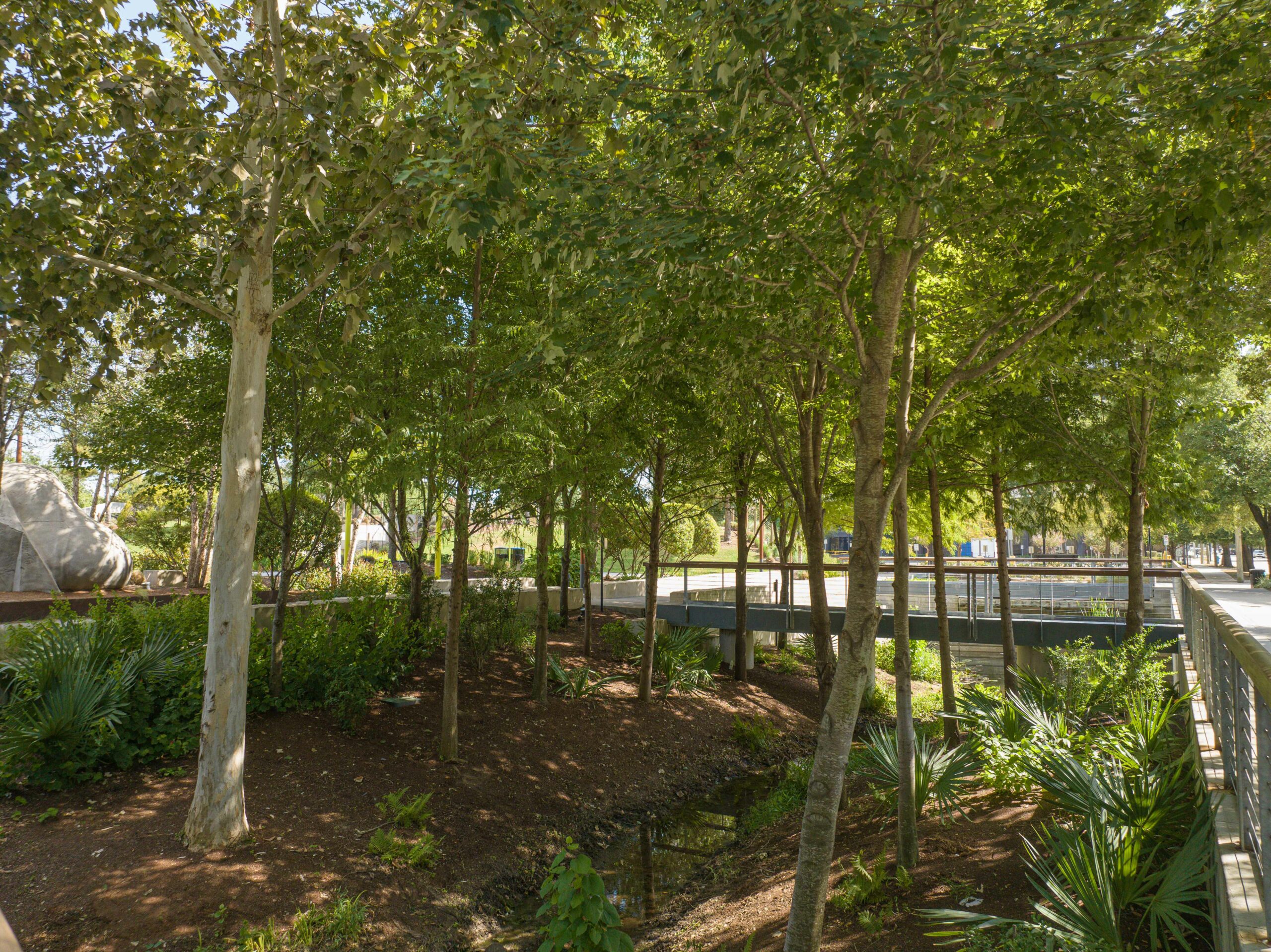
Supporting Biodiversity: Green Space in Cities
Firstly, why is biodiversity important? Conservation International cites five of the most indispensable benefits of biodiversity:
- Healthy Ecosystems: Humans depend on the services ecosystems provide, including fresh water, pollination, soil fertility and stability, and food and medicine.
- Human Health and Wellbeing: Not only do natural ecosystems provide humans with medicine, but ecosystem breakdown can lead to greater disease exposure.
- Climate Change Mitigation: Nature can deliver at least 30 percent of emission reductions needed by 2030 to prevent climate catastrophe.
- Economic Necessity: At least 40 percent of the world’s economy is derived from biological resources.
- Culture and Identity: Species are an important component of many national, religious, and cultural traditions across the globe.
Ensuring a biodiverse planet is obviously a worthy endeavor; the challenge of the urban planner is to maintain or mimic, to the best of our ability, the important elements of this habitat within the built environment. How do we do that? By prioritizing nature-based solutions.
According to an article titled “How to Enhance, Restore and Protect Biodiversity in your City,” we should be aiming for green space to cover 30-40% of the built-up city surface area. This manifests itself in “street trees, gardens, green roofs, parks, [and] natural landscapes. Cities should work to establish large-scale protected areas as well as small-scale green space, connected by green corridors, to form a network of green infrastructure that can support biodiverse nature.”
This green space strategy allows biodiversity to behave more like it would in a natural habitat than it would in a traditional built environment. Likewise, the green corridor is an oft-repeated component of successful urban biodiverse design. These corridors work to connect two or more green spaces, which creates a continuous network of traversable habitat. This can take the form of rivers and streams or green bike paths and tree-lined streets.
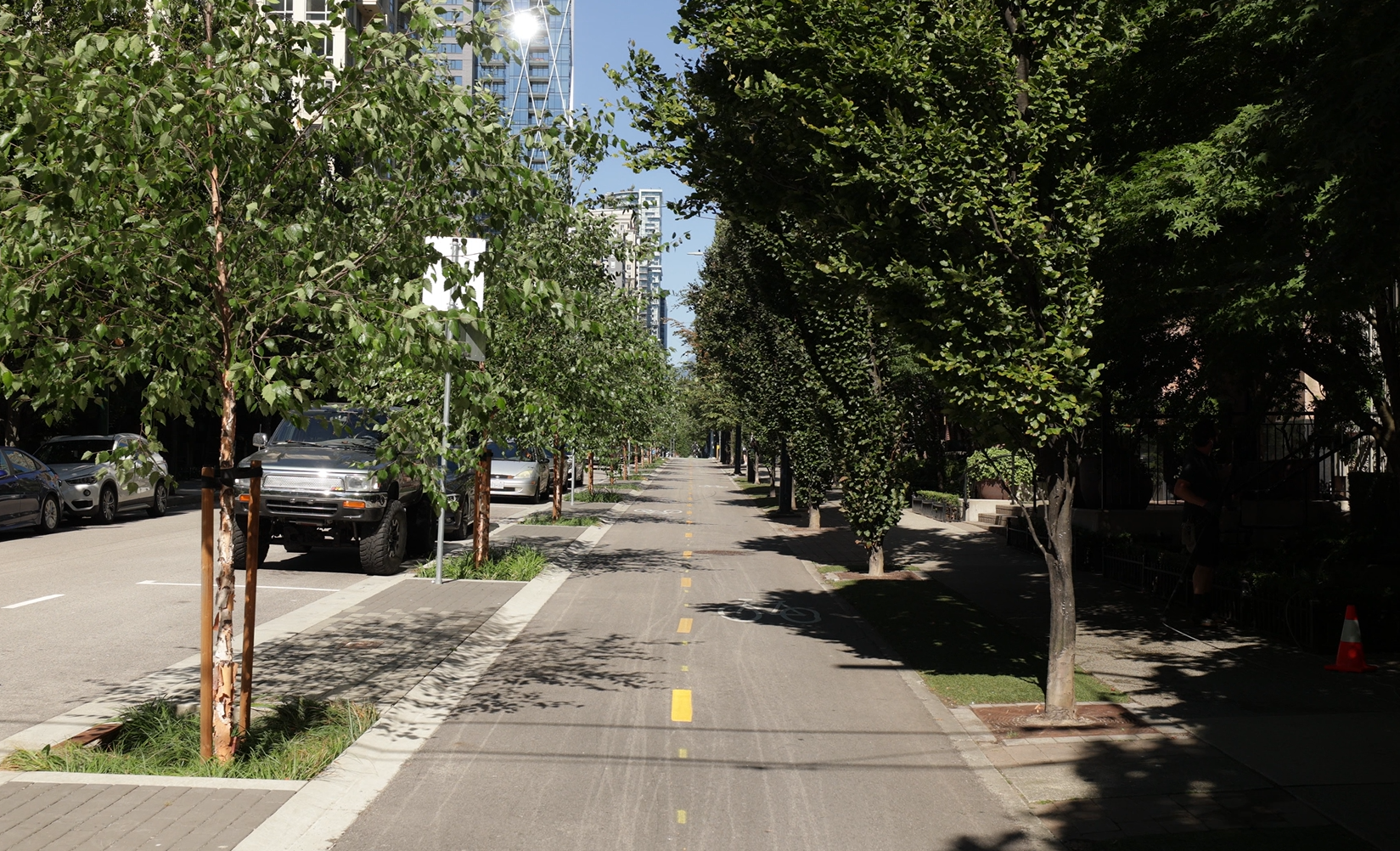
Speaking of trees, urban forestry is one of the most indispensable features of a biodiverse city landscape. The United Nations Sustainable Development Goals organization identifies “sustainable urban and peri-urban forestry [as a method for] halting and reversing the loss of biodiversity, [as they] provide critical habitat for urban biodiversity.” They go on to point out that a single mature tree can be home to hundreds of species of insects, fungi, moss, mammals, and plants. These organisms not only interact with the trees, but also among themselves — and this breeding, shelter, and food cycle forms the foundation of a robust ecosystem.
Creating the conditions for these trees to grow to healthy maturity is critical, as small trees offer very little value. One of the methods for achieving this is by setting city-wide targets, including canopy coverage: the total area of a city covered by tree shade, often with the goal of reaching 40% coverage.
Toronto is a prime example of a city at the forefront of environmental sustainability, urban tree health, and built-environment biodiversity. The Toronto Green Standard is an evolving set of guidelines, instituted in 2006, used as a framework for prioritizing sustainability in new city developments and retrofits. The standards encourage urban biodiversity, in part, by requiring treated glass to prevent bird collisions and planting only native species adjacent to natural areas.
The city also has a soil volume standard: the first step in attaining a city-wide tree canopy target. By guaranteeing new tree plantings access to a robust bank of lightly compacted soil, you provide that tree with the best possible chance at success and mature growth.
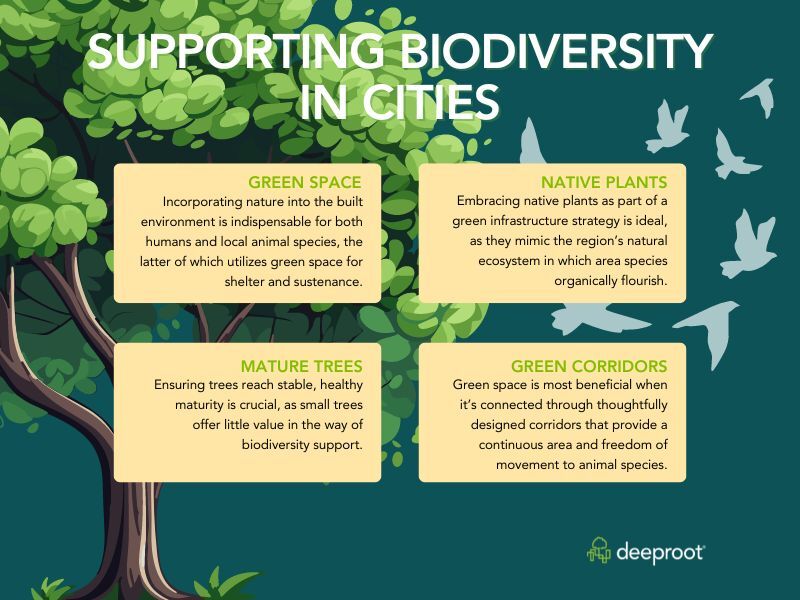
Likewise, as Toronto’s Green Standard identifies, utilizing native plants in your green infrastructure planning is also advantageous. A region’s native plant species are more adaptable to their surroundings and require less ongoing maintenance — at the same time, they’re more closely mimicking the natural environment for other species that rely upon them for food and shelter.
In the end, creatively planned, well-managed, sustainably-focused design is the key to urban biodiversity — cities need to recognize their responsibility in being part of the solution and incorporate green features into their developments.
An optimistic conclusion is perhaps best stated by a Yale School of the Environment article, in which they note that “there is a growing recognition that cities are key to the future of conservation as the human footprint expands relentlessly around the globe. In fact, researchers are increasingly working with city planners, landscape architects and urban wildlife managers to make cities part of the solution to the global biodiversity crisis. As cities invest in green infrastructure to ameliorate environmental harm, wildlife is increasingly occupying novel niches including green roofs and constructed wetlands… and the positive roles cities play in fostering biodiversity can be bolstered through intentional design.”
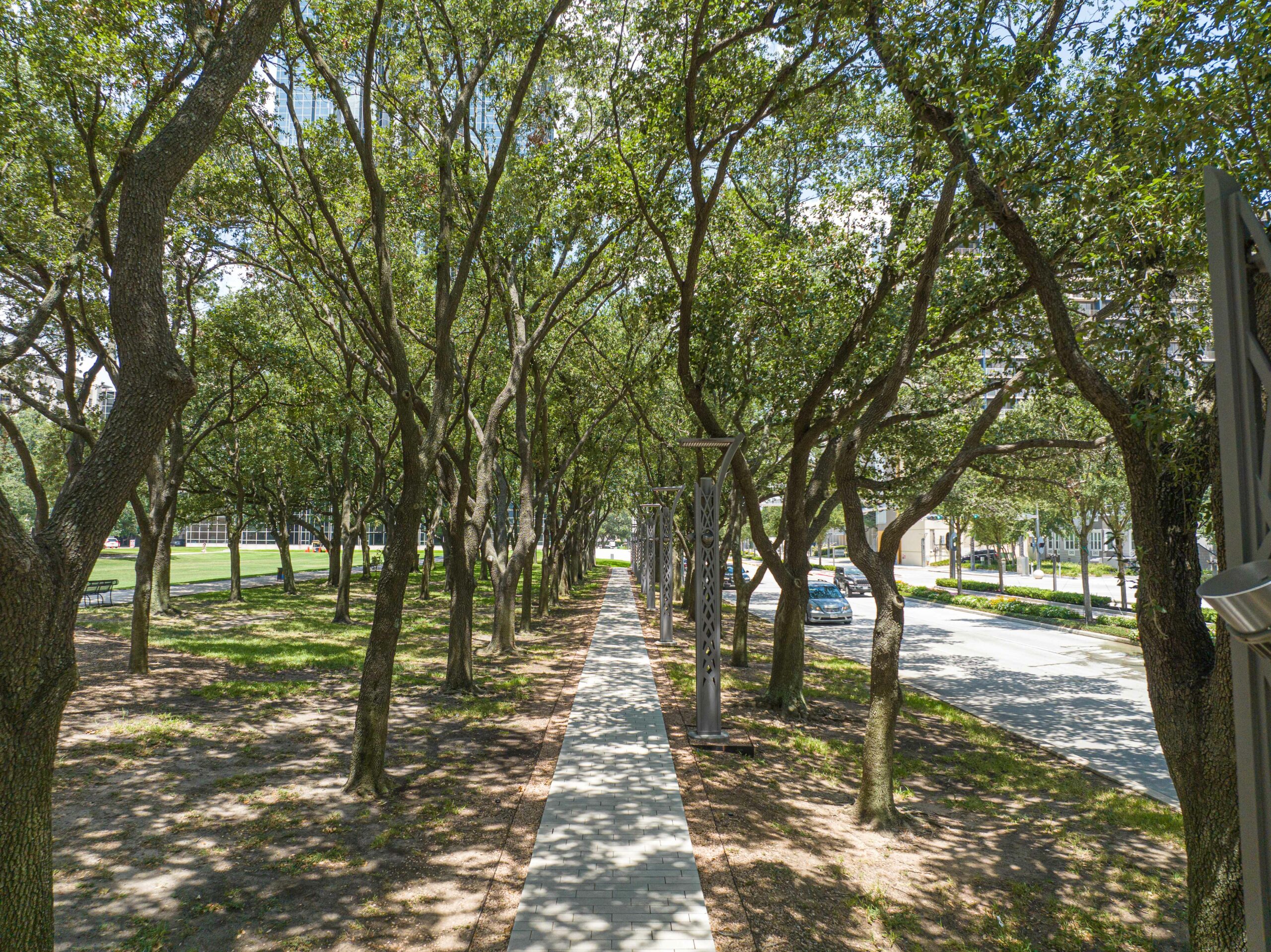

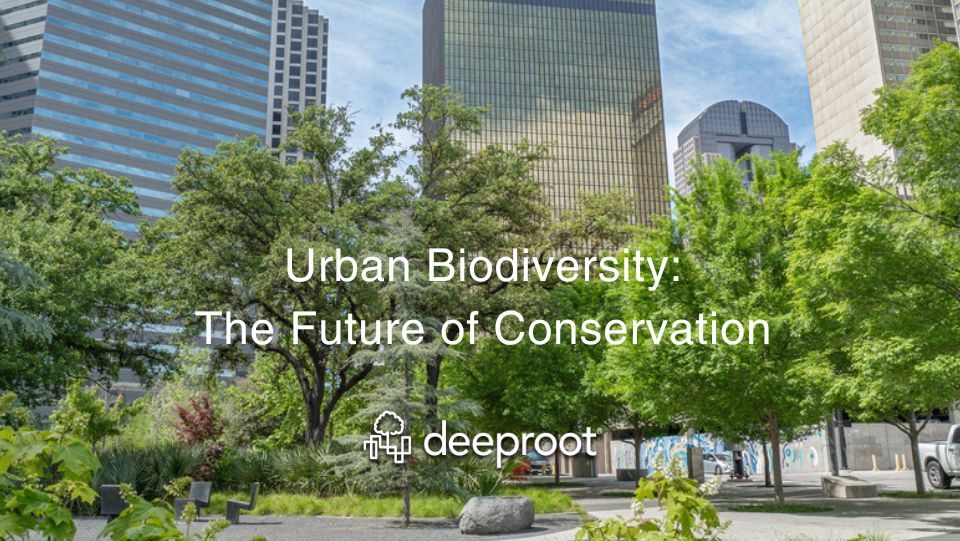




Leave Your Comment